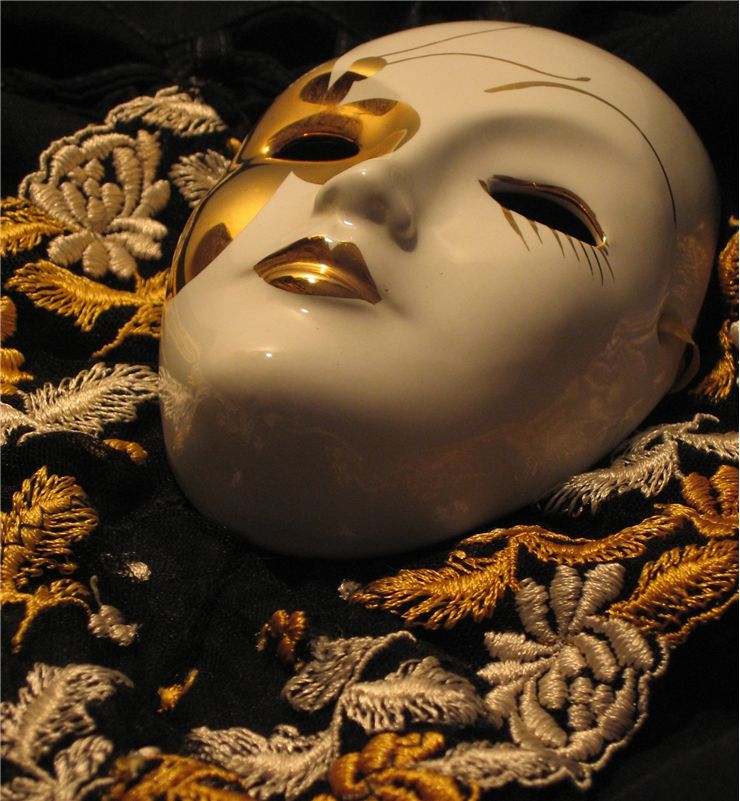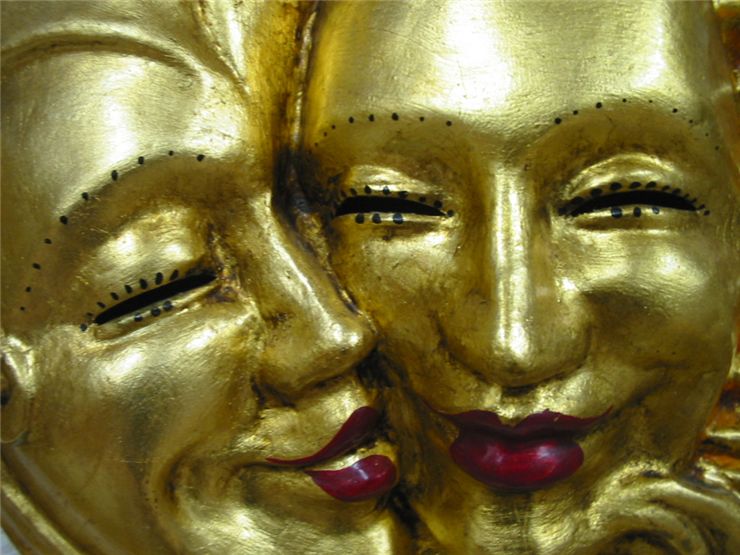History of Venetian Carnival Masks
Every year, from February to March, Carnival in Venice is held. It started in 1168 as a celebration of victory of Republic of Venice against Ulrico, Patriarch of Aquileia, and became annual event until it was banned by King of Austria in 1797. It was again reestablished in 1979 and is again held annually. Carnivals in Venice is famous for its masks that everyone wears and are very specific.
Little is known about the reasons for wearing of the masks during the carnival. It could be an act of defiance against one of the most rigid class hierarchical structures in all of history of Europe. First document that mentions use of masks in Venice is from 13th century. It bans masked men to throw eggshells full of rose water from roofs at women on the street. Same document bans masked men from gambling. Another law also forbade wearing disguises that are vulgar, visiting convents in those masks, painting faces and wearing false wings and beards. Idea of wearing a mask in Venice was not to hide identity but to hide a class.

Masks that are traditionally used during Venetian Carnival can be divided in to two groups: Commedia dell' Arte masks and Carnival masks.
Commedia dell' Arte was a type of improvisational theatre that was popular form 16th to 18th century but is played even today. Traveling artists and actors would set up a stage and perform juggling acts as well as improvisational plays with rough skeleton of a scenario into which was easy to insert topical themes, which made them very popular. Some Venetian carnival masks are taken from these plays and they carry the names of the characters that wore them. “Arlecchino” is a half-mask with a short, wide nose, arching eyebrows and a bump or a boil on a forehead. “Brighella” is a half-mask too, often painted green with a pointed nose and somber eyes. “Capitan Scaramouche” - also a half-mask that only covers the eyes, white, with a very long nose. “Colombina” half-mask decorated with feathers, silver, and gold. It covers eyes and cheeks. Pierrot is a full mask, white, with vertical lines bellow and above the eyes and a teardrop.
Carnival masks have their names too and are more popular. “Bauta” is probably the most famous of masks. It covers the whole face and has no mouth but it has beak-like chin that allows wearer to talk, eat and drink without taking it off. With it goes red or black cloak and a tricorn hat. “Dama” is a full mask of a female face, heavily gilded. “Gatto” is a half-mask in a shape of cat’s head. Cats were rare in Venice and this is probably one of the reasons for choosing that shape for a mask. “Dottore Peste” or “Medico della Peste” is a strange looking mask. Venice was a victim of a plague several times in its history. This carnival mask is a copy of a historical masks that were worn by doctors that treated patients that had plague. They were made from leather with a long “beak” in which herbs were placed and had opening for seeing covered with crystals.


